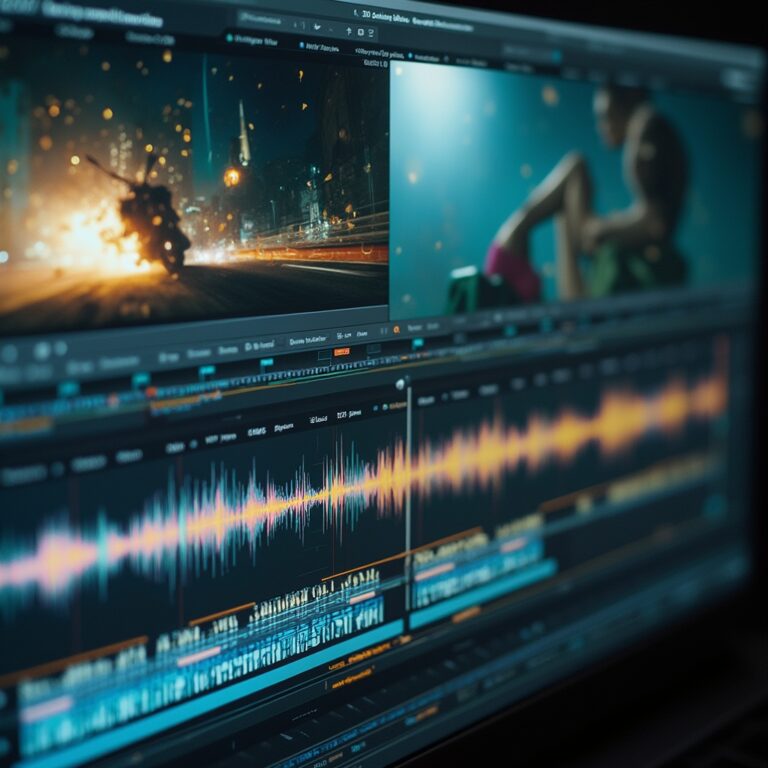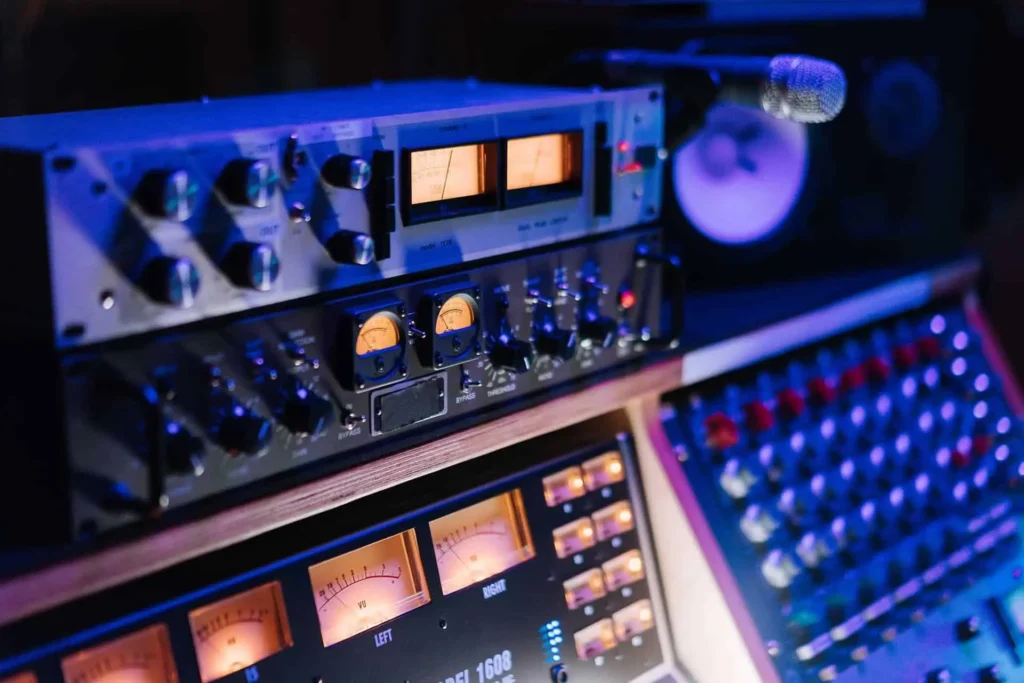Musical synchronicity is a bit of a brand darling these days. What could be better than a well-known hit to captivate the public? But beware: behind this seductive strategy lie a few pitfalls to be avoided.
The idea seems simple: choose a song that everyone loves and turn it into an instant emotional booster. But is this really the magic recipe for a successful advertising campaign?

Synchro: a gamble that pays off?
Associating your ad with a hit song seems like a sure-fire way of creating an emotional connection with your audience. After all, when you think of certain cult ads, the music that accompanies them is often as memorable as the images. Brands rely on this recognition to get their message stuck in our minds.
But does this strategy really strengthen the brand’s identity? Or on the contrary, doesn’t it muddy the waters a little? Take ‘Midnight City’ by M83, for example. This song was used by Renault, Procter & Gamble and Samsung at the same time. Yes, it attracted attention, but it also created confusion: the public remembers the music, but not necessarily the brand that used it. And that’s where it gets complicated…

When music takes over
The risk with music that is too distinctive is that it completely overshadows the brand message. A popular melody captures attention, but if it doesn’t fit in perfectly with the brand’s identity, there’s a boomerang effect. You get so caught up in the rhythm that you forget who it’s for. And that’s a trap that a lot of advertisers fall into, seduced by the idea of riding the success of a hit.
So the challenge for a brand is not just to choose a popular song. The music has to resonate with the brand’s DNA. If it doesn’t tell a story in line with the company’s values, there is a real risk of creating a gap between the brand and its audience.

The audacity of originality
So why not dare to be original? Investing in a made-to-measure composition gives you the chance to make your mark. A unique sound identity is the secret weapon for standing out in the advertising jungle.
By relying on a musical creation designed just for it, a brand builds an authentic and lasting emotional bond with its audience. This music goes much further than simple sound accompaniment: it tells a story, the brand’s story, and that’s unforgettable.

Conclusion
Music synchronisation is a subtle game where you have to know how to juggle between a stroke of genius and a faux pas. Yes, it’s tempting to associate yourself with a popular hit, but not at the price of sacrificing the personality of your brand and what makes it unique.
It‘s in brands’ best interests to be creative and choose tailor-made compositions that will do more than just capture attention: they’ll leave an indelible mark on consumers’ minds.
